|
7/28/2020 Take "A Toadstool's Treasures" further with these lesson plans and Education resourcesRead Now We have added a series of lesson plans and recommended resources that are inspired by our children's story, "A Toadstool's Treasures" and meant to help families and teachers guide their young learners toward discovering the fun and fascinating world of fungi themselves! Check out these new lesson plans and activities, try them out, and let us know ways we can improve them!
After much anticipation, our first children's book, A Toadstool's Treasures, will be releasing on August 1st! A Toadstool's Treasures will be accompanied with the release of a series of lesson plans and additional resources to accompany the book. We hope that this story can be entertaining while also serving as an effective tool to help parents and educators teach their little ones about the fascinating world of fungi!
A Toadstool's Treasures will be available in Paperback and eBook across most online book retailers including Amazon and Barnes and Noble. Did you know that we are in the process of producing a Toadstool's Treasures children's book?
Written by Jason Wilson, MS and illustrated by Hannah Weaver, the Toadstool's Treasures book takes young readers on a journey into the fun and fascinating world of fungi with the story's main characters and best friends, Phoebe and Molly, after they meet a mysterious talking mushroom. If you want to learn more, consider becoming a Toadstool's Treasures tier supporter on the Natural Learning Enterprises patreon at www.patreon.com/naturallearningenterprises and get access to production updates and a special patron-only discount for the book when it is released! Check out some of the draft illustration sketches below for a sneak preview of the book! It's pretty common knowledge that plants need several basic nutrients to survive, one of which is Phosphorus. "N-P-K," is found on every bag of fertilizer, representing the nitrogen, phosphorus, and potassium ratios of the mix.
Phosphorus is important for a variety of reasons. Phosphorus is an important part of nucleic acid compounds which control how the plant creates proteins. Without proteins, the plant cannot produce the enzymes it needs to perform basic life functions. Phosphorus is also important in energy production within the plant. The chemical ATP (adenosine triphosphate), which contains phosphorus (hence, tri-phosphate), has strong double bonds that release energy when broken. Unfortunately for plants, phosphorus is generally available in the soil as a mineral nutrient. What this means is that only small amounts of phosphorus are dissolved in water while the rest of the mineralized phosphorus remains in place in the soil. As a consequence, plant roots must continuously explore the soil in search of more phosphorus. Well, lucky for plants, fungi are ready to help out! Mycorrhizal fungi are fungi that engage in a mutualistic relationship with a plant, exchanging mineral nutrients with the plant for carbohydrates. Mycorrhizal fungi can attach to the plant's roots and extend its super small hyphae all throghout the soil, essentially extending the plant's root zone and providing phosphorus to the plant, among other nutrients (and water!). It is interesting to note that if there happens to be plenty of dissolved phosphorus, or available phosphorus, to be had, then the plant might choose not to partner with mycorrhizal fungi because the cost of feeding the fungus would be greater than the benefits that the fungus would provide! Fungi are awesome. And so are plants! As I write this, scientists are hard at work trying to figure out how to take advantage of fungal enzymes to break down human civilization's waste!
There are fungi that can break down just about anything! There are members of the genus Pestalotiopsis that can break down polyester polyurethane! This is a type of plastic found in skateboard wheels, certain adhesives, foams, fabrics and elsewhere. Researchers have found certain fungi, like Aspergillus terreus and Aspergillus fumigatus, that can use polyethylene as a carbon source. In other words, the fungus can feed on polyethylene! Polyethylene is most famously found in the supermarket plastic bag! Polyethylene products account for approximately 1.66 million tons of municipal solid waste according to waste360.com. Fungi produce a wide variety of enzymes to break apart a host of different types of chemical bonds. This provides an incredible opportunity to learn, understand, and partner with fungi in order to efficiently recycle consumer waste products! Fungi are awesome. Citations: J. R. Russell et al., "Biodegradation of Polyester Polyurethane by Endophytic Fungi" Applied and Environmental Microbiology. 2011. 6076 - 6084 S. Zahra, S. S. Abbas, M. Mahsa, and N. Mohsen. "Biodegradation of low-density polyethylene (LDPE) by isolated fungi in solid waste medium". Waste Management. 2010. 30: 396 - 401 Turkey Tail mushrooms (Tramates versicolor) are a common white-rot polypore found all throughout the world. They can be seen growing out of dead wood on the forest floor year round. These mushrooms are easy to identify and can be collected, dried, ground, and used to make a medicinal tea. Surprisingly, these common mushrooms may have the potential to save lives and improve the well-being of anyone willing to try it. Researchers lately have been investigating it as a potential aid in the fight against cancer. In conjunction with conventional cancer treatments, what these guys seem to do is give the user's immune system a boost by supporting the production and livelihood of killer t cells (Chemotherapy has the unfortunate side effect of destroying these helper t cells). Because of this, they are also very useful for those individuals that suffer from autoimmune disorders. You can see the published results of one study that looked at how Turkey Tail assisted treatment affected breast cancer treatments here. For more information, check out this amazing video which talks about different fungi including Turkey Tails. Paul Stamets' mother has treated for breast cancer with Turkey Tail assisted chemotherapy. (You may want to skip towards the 8 minute mark of the video unless you are especially interested in other fungi and their uses, which i recommend because it's incredible!!) Did you know that the White Button, Crimini, and Portobello are all the same fungus?! Meet the common edible mushroom Agaricus bisporus!
The White Button is just an immature fungus that has not been exposed to light. The Crimini is just a browned version of the same immature mushroom after it has been exposed to light. Finally, the Portobello mushroom is just the final mature stage of the fungal fruiting body! Usually these three mushrooms are how children and adults alike are introduced to eating mushrooms for the first time. Unfortunately, often enough many people will not prefer the taste of the Agaricus bisporus, but, because they have been exposed to three versions of the same mushroom being sold as three distinct mushrooms, these people often develop the perception that all mushrooms must taste like this. While it is true that some supermarkets and markets will pass other mushrooms off for Portobellos, most of the time, what is being marketed as these household name mushrooms is the Agaricus bisporus. Some of the other names for Agaricus bisporus include:
Well, let me tell you now that there are a LOT of edible mushrooms out there and the each have their unique tastes! So, get a field guide and start learning about and tasting some of the incredible easy to identify edible mushrooms out there! Ever heard of an underwater mushroom??
Meet Psathyrella aquaticus! This mushroom species was discovered in the mid 2000s and was officially described in 2009 in an issue of Mycologia. The mushrooms were found growing in the waters of the upper Rogue River in Oregon, USA in a habitat which consists of spring fed aerated waters flowing on a volcanic substrate. These mushrooms are especially interesting because there are very few Basidiomycetes that grow underwater, and of those that do, only these aregilled mushrooms! Most underwater fungal species are Ascomycetes or Hypomycetes. The mushrooms that are usually found underwater are often growing on wood submerged in the water rather than the substrate of the water bed. These are very cool mushrooms, indeed! To learn more, check out the published paper: Frank, Coffan, Southworth; "Aquatic gilled mushrooms: Psathyrella fruiting in the Rogue River in southern Oregon".Mycologia 102 (1): 93-107. Video link: https://www.youtube.com/watch?v=TrKJAojmB1Y Meet the genus Pilobolus! The Cannon Fungi
These fungi are in the phylum Zygomycota. The Zygomycota make up ~1% of fungi.Their life cycle begins as a small dark colored object which contains spores (seen here on the top of each of these stalks), usually found on plant matter. The plant matter is then consumed by an herbivore (plant eater). The herbivore passes the spores through its digestive system until the spores are embedded in dung when excreted from the animal. These spores then germinate and grow throughout the dung, eventually forming a sporangium (dark colored bit) on top of a little bubble looking structure on a long stem (seen in video). Pressure builds... And builds.... And builds until.... BOOM! Isn't that amazing?! (I'm assuming you just watched the video. If you couldn't see the video, imagine a dark spot rocketing off of the club like stem) It has been estimated that an equivalent would be launching a human at a hundred times the speed of sound! The fungus must do this so that the sporangium will get far enough away that it might hit a plant that an animal might eat. Animals typically don't like to eat near their dung!! So this sporangium gets blasted high into the air (up to 2 meters!) and perhaps lands on a nearby plant, where it gets eaten once again and the cycle continues! Fungi are Awesome. Video link: https://www.youtube.com/watch?v=EGlaQhDi5ts Yesterday while walking past a landscaped area, a series of what looked initially like overturned acorn tops caught my eye. Upon closer investigation, it turned out to be a population of Bird's Nest Fungi!
Check out this high speed video of a water drop hitting Bird's Nest Fungi! Bird's Nest Fungi make up the family of Nidulariaceae and are Basidiomycetes! Once recognized, it quickly becomes obvious why they are called "bird's nest fungi." Notice the small things within each "nest" that look like eggs! Those are called peridioles, and they are just little structures that contain spores. When a rain drop falls in the cup, the peridioles get ejected and break down, releasing the spores into the environment! It's quite remarkable. |
is presented by NATURAL LEARNING ENTERPRISES.
Learn more about Natural Learning Enterprise's science education initiatives and what you can do to support scientific literacy at NaturalLearningEnterprises.com
Copyright © 2013 - 2023
Toadstool's Treasures is a registered trademark by Natural Learning Enterprises, LLC. All Rights Reserved.
Web illustrations by Jason Wilson unless otherwise indicated.
Book illustrations by Hannah Nico Weaver unless otherwise indicated.
Toadstool's Treasures is a registered trademark by Natural Learning Enterprises, LLC. All Rights Reserved.
Web illustrations by Jason Wilson unless otherwise indicated.
Book illustrations by Hannah Nico Weaver unless otherwise indicated.

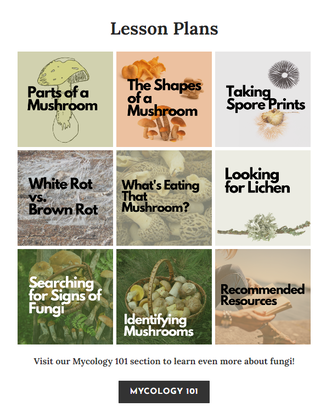
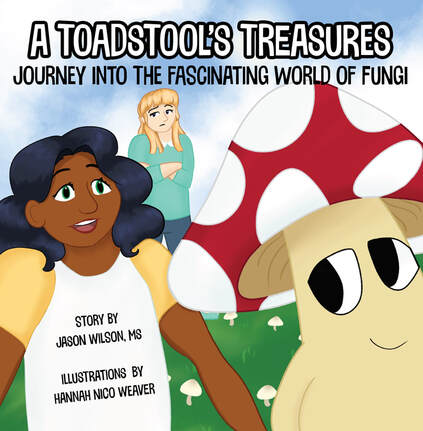
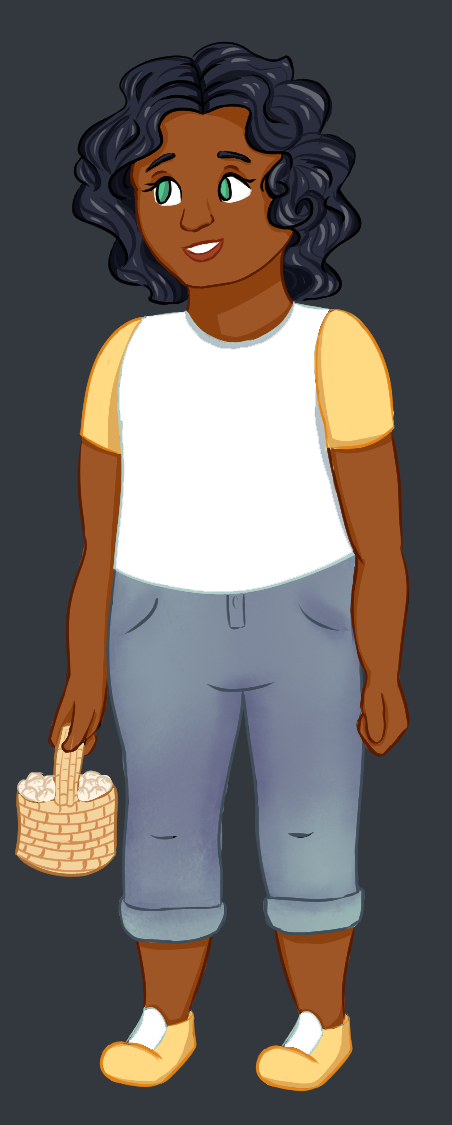

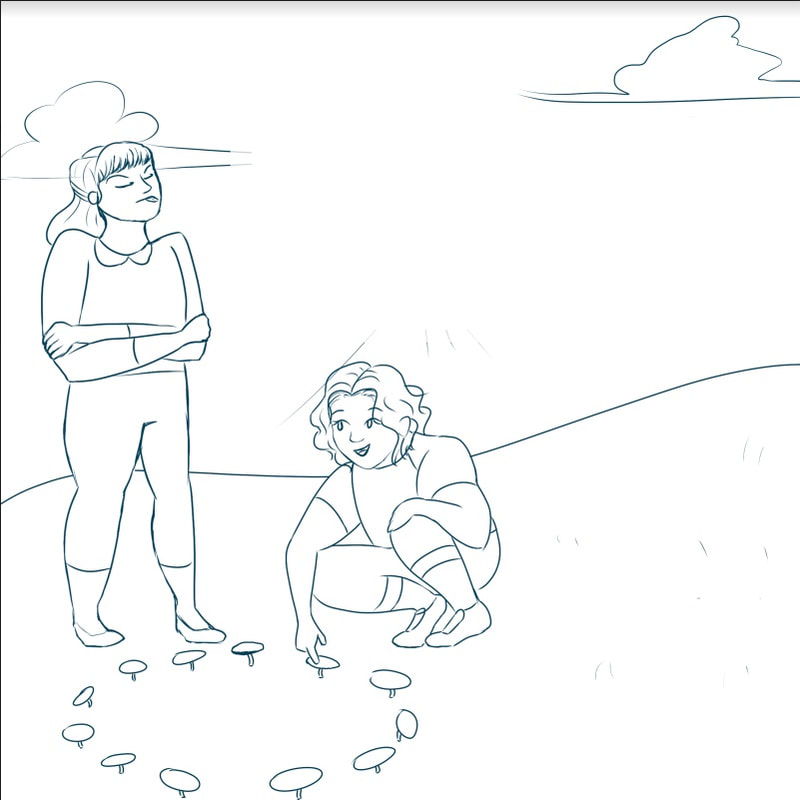
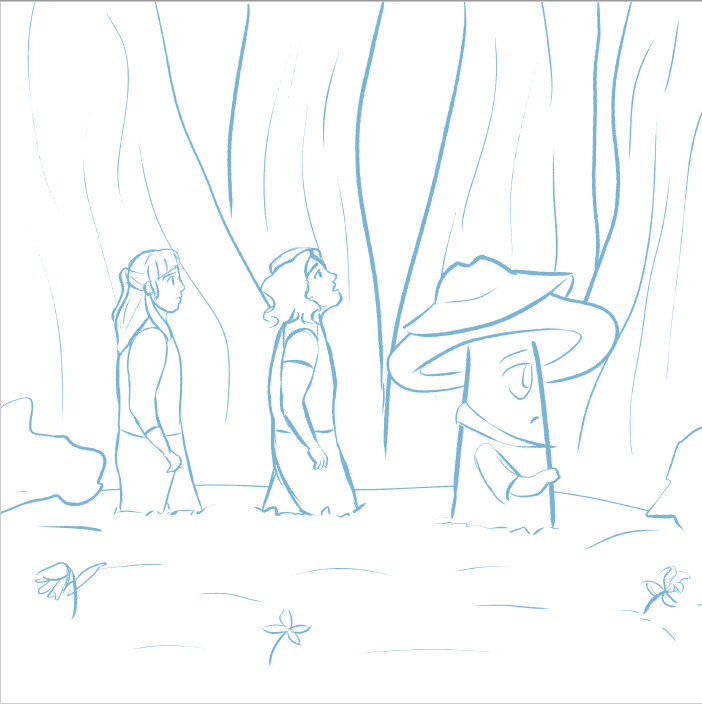
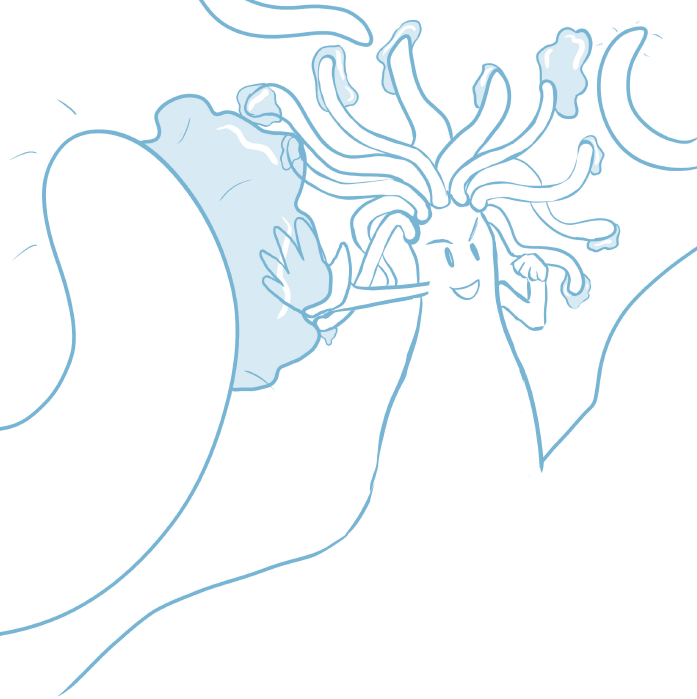
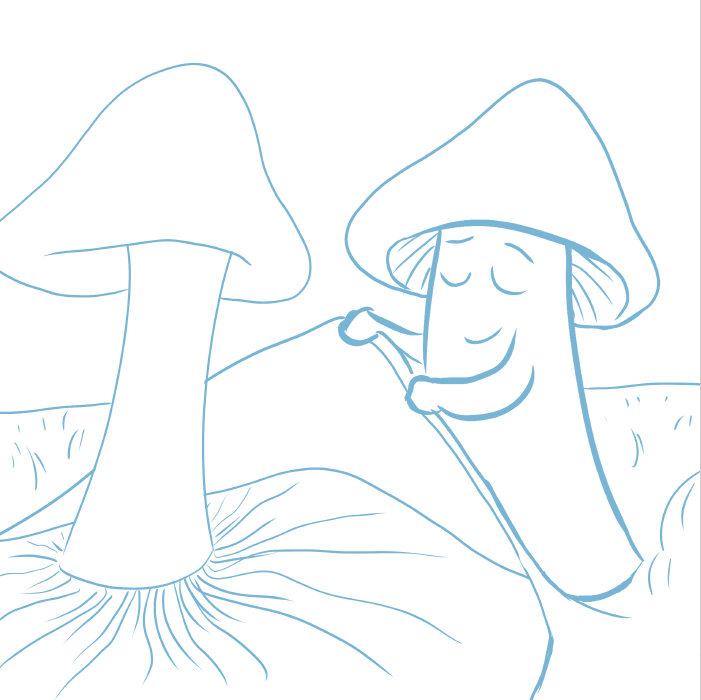
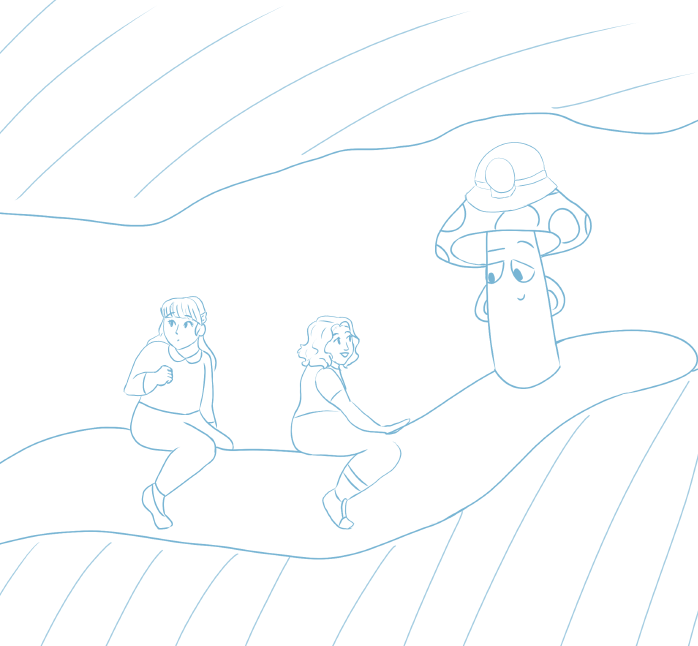
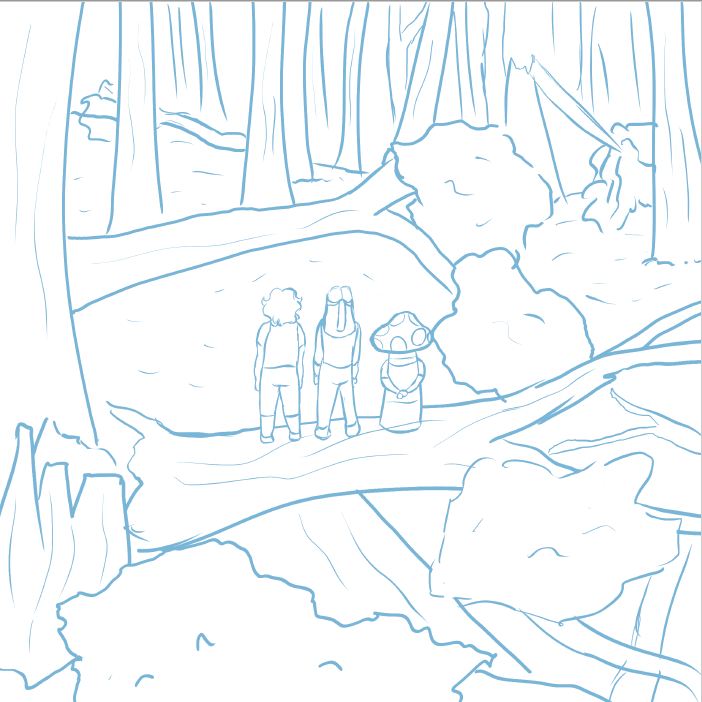
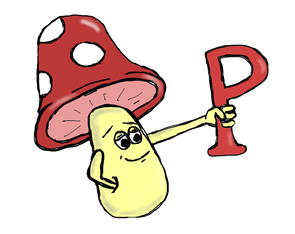
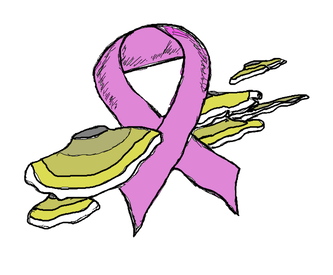
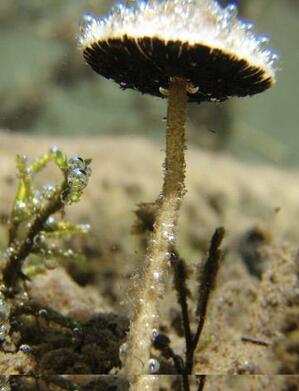
 RSS Feed
RSS Feed


